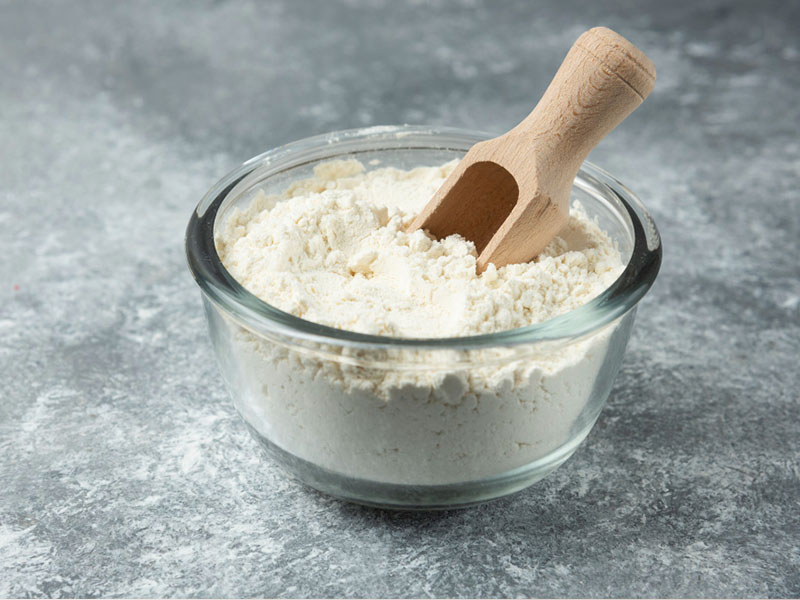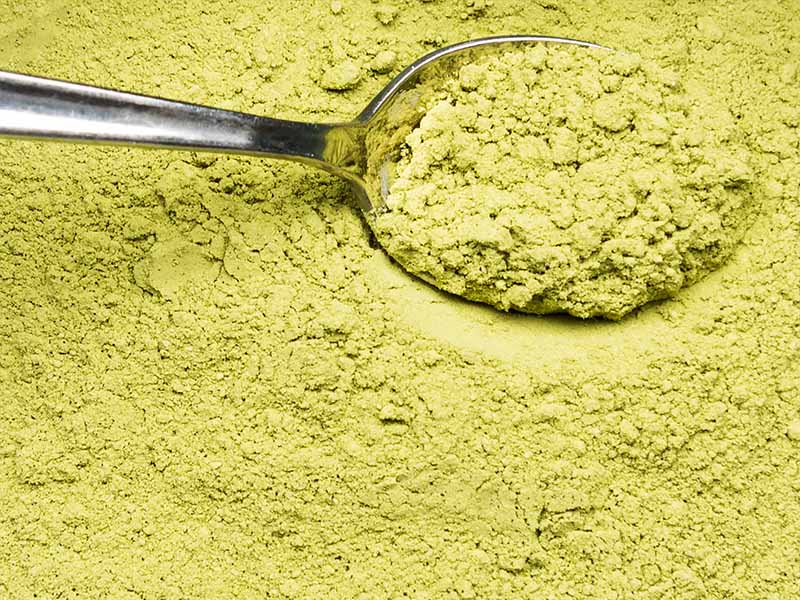In the world of food production, pharmaceuticals, and countless other industries, spray drying is a widely used technique that involves the transformation of liquid substances into powdered form. Spray drying has a history that dates back over a century and has evolved into an essential process in modern manufacturing.
Spray drying can trace its roots back to the
late 19th century when Samuel Percy, an English metallurgist, developed the
concept of atomizing molten metal to create small droplets that could rapidly
cool and solidify. While Percy’s initial experiments were focused on metals,
the idea of atomization and rapid drying soon found applications beyond the
metal industry.
The first significant milestone in the history of spray drying took place in the early 20th century when it was adopted for the production of milk powder. In 1877, Spray Process Company in the United States, founded by Percy, patented the first spray dryer specifically designed for this purpose. The invention of spray drying revolutionized the dairy industry by allowing milk to be preserved in a shelf-stable powdered form, significantly extending its shelf life and enabling easier transportation.
During World War II, spray drying technology gained further prominence as it was used to produce powdered foods for military rations, including instant coffee and powdered eggs. These innovations not only fed the troops but also contributed to the post-war popularity of convenience foods.
After World War II, the development of spray drying technology continued at a rapid pace. In the mid-20th century, advances in nozzle design, drying chamber technology and process control systems improved the efficiency and versatility of spray dryers. These advancements made it possible to spray dry a wide range of products.
The latter half of the 20th century saw spray drying technology diversify even further. Spray drying became a crucial step in the production of powdered pharmaceuticals, vitamins, and instant beverage mixes. In the chemical industry, it was utilized for the creation of powdered detergents, pesticides, and catalysts. Additionally, the food industry continued to rely heavily on spray drying to produce powdered ingredients such as spices, flavorings, and baby formula.
Spray drying’s widespread applications are not limited to industrial sectors. It has also made its way into the field of nanotechnology, where it is used to produce nanoparticles with precise control over size and composition. In recent years, spray drying has been instrumental in the development of advanced materials and drug delivery systems.
As with any industrial process, spray drying has faced environmental challenges related to energy consumption and emissions. In response, researchers and engineers have developed more energy-efficient and environmentally friendly spray drying technologies.
The history of spray drying is a testament to human ingenuity and the continuous quest for efficiency and convenience in various industries. Starting as a means to preserve milk, it has evolved into a crucial process in pharmaceuticals, chemicals, and food manufacturing. As we continue to make progress and prioritize sustainability, spray drying is ready to maintain its central role in the foreseeable future, influencing the trajectory of manufacturing and product innovation.



When you visit any web site, it may store or retrieve information on your browser, mostly in the form of cookies. Control your personal Cookie Services here.